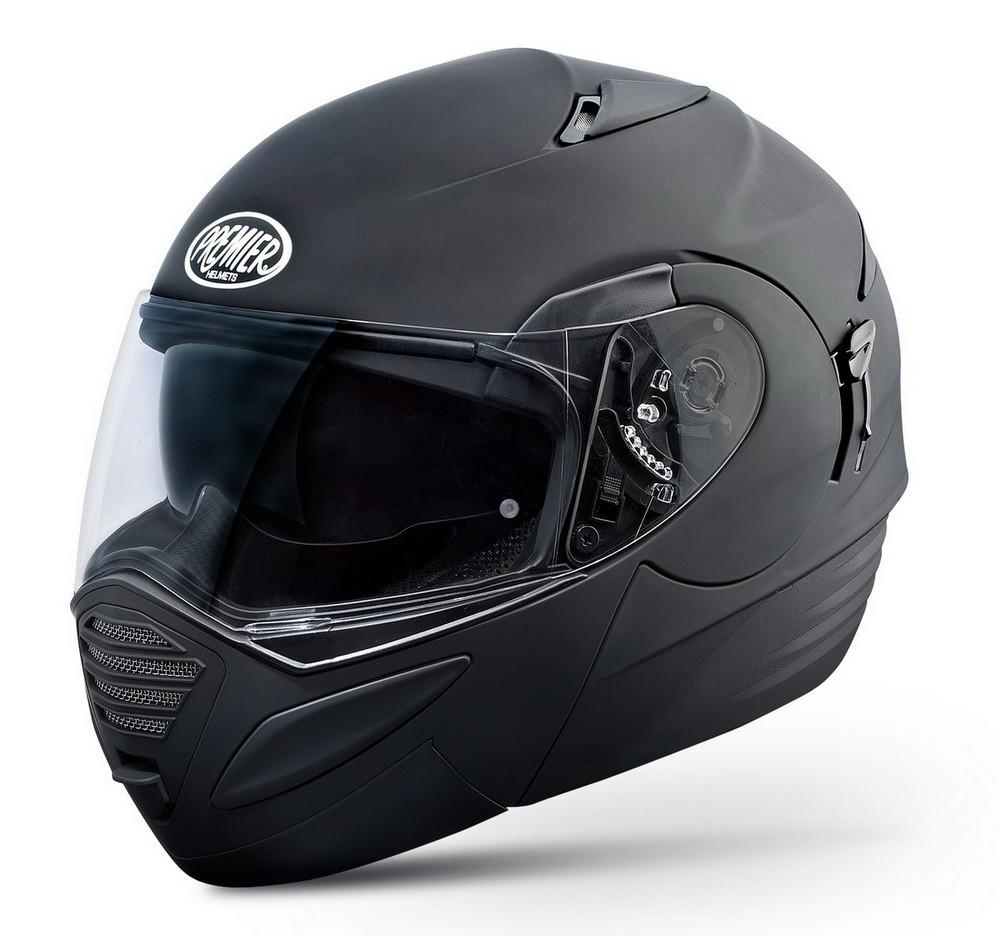
Like the previous app you can select subsets for testing, and can use a piano or guitar sound. One can use a piano or guitar sound.ĮarTrainer lets you practice identifying intervals, chords and chord progressions, scales and melody replication. It also includes a nice reference of songs that begin with a particular interval to help memorize them.

For each of these you can select a subset (testing only 4ths and 5ths, for example, or minor vs. NailThatNote allows you to test your knowledge of notes, intervals, melodies, chords, and scales. Most of the apps keep track of your progress so you can see what you have mastered and what still needs work. I have focused on apps that have free and paid versions so you can try before you buy. for finding some of the apps below a while back and sharing his findings.
#Motorbike helmet android#
I’ll also give you the names of a few Android apps, but I was unable to road test them because I am android-less. Below I describe a few Apple and Windows apps for ear training. More good news: ears can be trained, and you can improve with practice.Īnd as you might expect, there’s an app for that. What if you’re not one of those enviable few people with “perfect pitch,” the ability to recognize and reproduce notes without a reference? What if you call yourself “tone deaf”? Good news: you probably aren’t tone deaf. Having “a good ear” is important whether you’re a cellist, a doctor diagnosing through a stethoscope, or a mechanic diagnosing an engine. Find out what notes the bell, the windowpane, the cuckoo, etc.

Strive early on to recognize each note and key.

The development of the ear is most important. If you checked out Robert Schumann’s Advice to Young Musicians after yesterday’s post, the first thing you saw was this (my translation here):


 0 kommentar(er)
0 kommentar(er)
